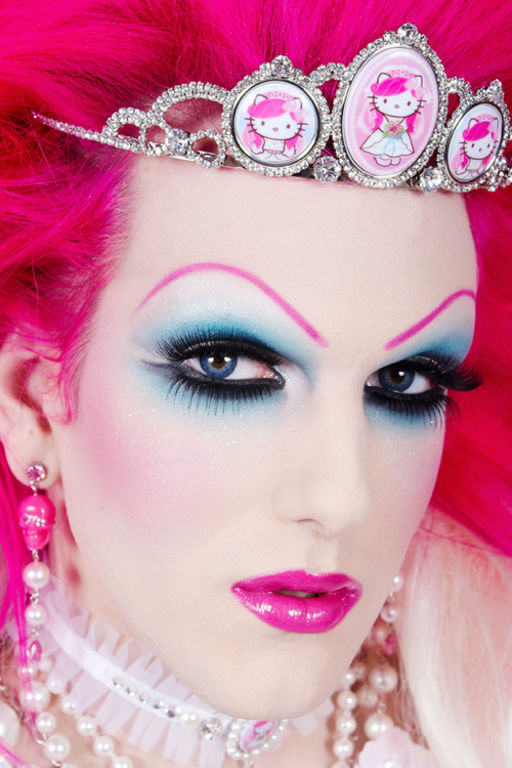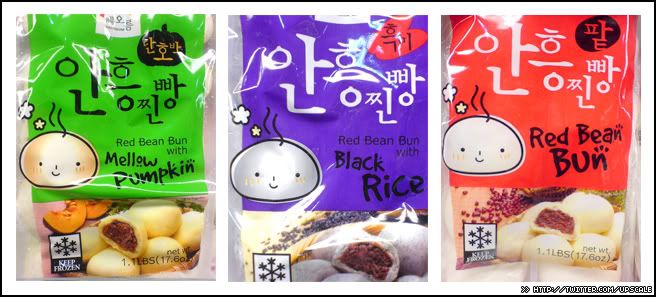So perhaps that was a bit suggestive of a title, a title that's not suitable for audiences accustomed to only the Disney Channel and, at the most, fleeting glimpses of Miley Cyrus at the Nickelodeon Award (Pole) Show, but I digress.
Rooster Sauce aka "Cock Sauce" aka Sriracha is a staple of my diet and in many Asian cuisines.
Whether you love this all over your pho or as a simple steak marinade, Rooster Sauce is a favorite among many of my friends and there's probably a bottle in your refrigerator. If not, I suspect you might find some in your next door neighbor's fridge.

The above picture is what I call a snapshot of heaven. I ran into this at a late night WinCo shopping expedition for Arizona Iced Tea, but to my amazement came upon a glowing shelf of Sriracha Sauce. I could use the age old simile, "It's like I died and went to heaven," but I can sense your eyes are already glazing over.
Anyway, if you don't know me already, one thing you should know is that I am passionate about the following things:
If you can't already tell, I really love Sriracha.
But, alas, my love affair with the iconic rooster-emblazoned sauce tragically ended on a recent trip to Guangzhou.
That's where I cheated on Rooster Sauce...with another sauce.
On a sunny day in Guangzhou, I casually walked the streets of Beijing Road (北京路). My mom, aunts and I dropped by a small noodle shop for a quick bowl of soup noodles.
There, I fell madly in love with this:

With a mental predisposition that nothing can beat Sriracha, trying a new sauce is like replacing your favorite pair of jeans with a pair your grandma got you for Christmas. Or even worse, a pair of jeans given to you by a grandma who hasn't seen you in 20 years.
But on the whim of an adventurous aunt, I daringly picked up the bottle of this unknown sauce and squirted it into my noodles.
Love, as they say, comes when you least expect it.
What came next as I began to eat my wonton beef brisket soup noodles (馄饨 牛腩汤面) can only be described as a standing ovation given by a packed house of ecstatic, Ecstasy-infused ravers who all just won the lottery and received the news that they would be given a free trip to Ibiza. In a five star hotel. With Armin van Buuren as their personal DJ. That, in a nutshell, was how my mouth felt.
In a hunt to find this sauce which we all referred to as the "Big Tree brand hot sauce," we set out on a mission to bring back a bottle to the United States. We were all madly in love with Sriracha's new found rival.
Sad to say that we had a tough time finding this in the supermarkets in Guangzhou. To make matters worse, I found this hot sauce on the last leg of our trip with only a few days before we would start heading back home.
Time was ticking.
After several attempts at larger grocery chains and even smaller grocery stores all around Beijing Road (which was where our hotel was situated), I failed to find my new love affair.
There's a saying that goes something along the lines of this: "absence makes the heart grow stronger." It's been almost three months since I've been back from my trip and every time I guiltily reach for my Rooster Sauce, I think of the brief encounter I had with the Big Tree brand hot sauce and fondly reminisce.
Although Sriracha still has its own spot in my refrigerator, I still long for the spicy sweet sensation of the hot sauce I can only seem to find a half a world away.
For now and until I can locate this beloved bottle, my search for the Big Tree brand hot sauce continues.

Rooster Sauce aka "Cock Sauce" aka Sriracha is a staple of my diet and in many Asian cuisines.
Whether you love this all over your pho or as a simple steak marinade, Rooster Sauce is a favorite among many of my friends and there's probably a bottle in your refrigerator. If not, I suspect you might find some in your next door neighbor's fridge.

The above picture is what I call a snapshot of heaven. I ran into this at a late night WinCo shopping expedition for Arizona Iced Tea, but to my amazement came upon a glowing shelf of Sriracha Sauce. I could use the age old simile, "It's like I died and went to heaven," but I can sense your eyes are already glazing over.
Anyway, if you don't know me already, one thing you should know is that I am passionate about the following things:
- Hello Kitty
- Colin Farrell and Gerard Butler
- Sriracha Sauce
If you can't already tell, I really love Sriracha.
But, alas, my love affair with the iconic rooster-emblazoned sauce tragically ended on a recent trip to Guangzhou.
That's where I cheated on Rooster Sauce...with another sauce.
On a sunny day in Guangzhou, I casually walked the streets of Beijing Road (北京路). My mom, aunts and I dropped by a small noodle shop for a quick bowl of soup noodles.
There, I fell madly in love with this:

With a mental predisposition that nothing can beat Sriracha, trying a new sauce is like replacing your favorite pair of jeans with a pair your grandma got you for Christmas. Or even worse, a pair of jeans given to you by a grandma who hasn't seen you in 20 years.
But on the whim of an adventurous aunt, I daringly picked up the bottle of this unknown sauce and squirted it into my noodles.
Love, as they say, comes when you least expect it.
What came next as I began to eat my wonton beef brisket soup noodles (馄饨 牛腩汤面) can only be described as a standing ovation given by a packed house of ecstatic, Ecstasy-infused ravers who all just won the lottery and received the news that they would be given a free trip to Ibiza. In a five star hotel. With Armin van Buuren as their personal DJ. That, in a nutshell, was how my mouth felt.
In a hunt to find this sauce which we all referred to as the "Big Tree brand hot sauce," we set out on a mission to bring back a bottle to the United States. We were all madly in love with Sriracha's new found rival.
Sad to say that we had a tough time finding this in the supermarkets in Guangzhou. To make matters worse, I found this hot sauce on the last leg of our trip with only a few days before we would start heading back home.
Time was ticking.
After several attempts at larger grocery chains and even smaller grocery stores all around Beijing Road (which was where our hotel was situated), I failed to find my new love affair.
There's a saying that goes something along the lines of this: "absence makes the heart grow stronger." It's been almost three months since I've been back from my trip and every time I guiltily reach for my Rooster Sauce, I think of the brief encounter I had with the Big Tree brand hot sauce and fondly reminisce.
Although Sriracha still has its own spot in my refrigerator, I still long for the spicy sweet sensation of the hot sauce I can only seem to find a half a world away.
For now and until I can locate this beloved bottle, my search for the Big Tree brand hot sauce continues.
Comments




































